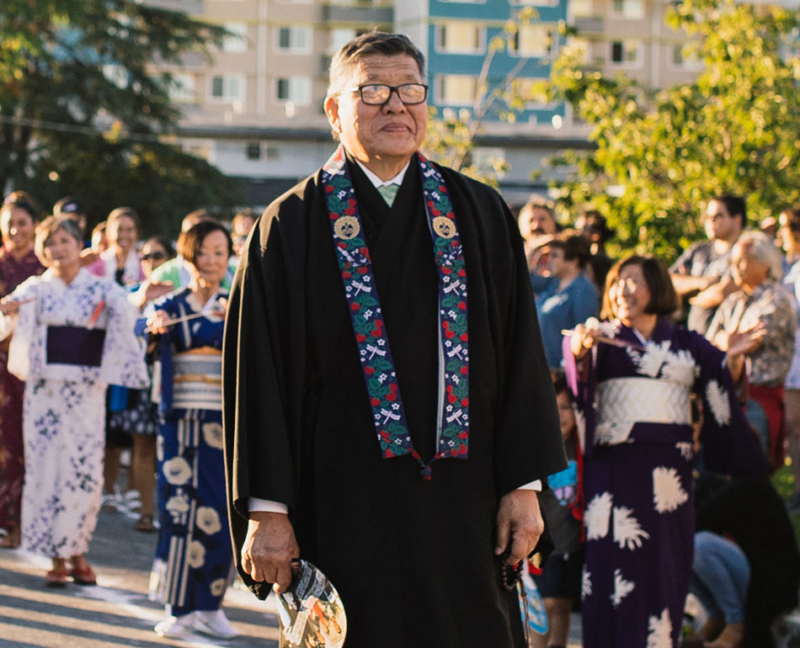Baking bread G Sakamoto I started baking bread a few years ago. Not often, maybe once every couple of months. I wanted to bake a simple pao doce. I grew up saying “pan doce” which was a cross between “pan” the Japanese word bread and “doce” the Portuguese word for sweet. The origins of pan go back to the 1500’s when Portuguese sailors introduced pao to the Japanese. We would get a round of pan doce at King’s Bakery or from Leonard’s. I wanted to reclaim these memories and flavors and began looking for recipes. Much like my cheesecake obsession there were many loaves in the beginning. Some successful others not so much. There were loaves of French bread, white bread, milk bread. Milk bread is interesting it uses tangzhong and high hydration to produce a lighter, springier crumb. Tangzhong can be adapted to other kinds of bread. White bread will often use a sponge, basically a small amount of yeast, flour and water mixed and allowed to ferment then mixed with the rest of the ingredients to make the dough. The sponge helps produce a lighter crumb and deeper flavor. I haven’t baked sourdough yet. Maybe when I get bold enough to care for a starter. A starter has to be fed regularly. Once a starter is established it is customary to name it. Some starters have been passed down through generations. Some people have been known to take their starter on vacation with them. It’s a big responsibility. Bread is basically just flour, yeast, water and heat. Bakers have been making bread for thousands of years. Different proportions, variations of ingredients, different places can all produce unique breads from around the world. Nan, bao, pan or focaccia are different in many ways but these are basically examples of bread. How these basic elements are combined produce amazing, inspiring variations. Learning how to combine these basic elements can take a lifetime. Buddhism is simple too. Buddhism begins with a basic question: How do we address and resolve the difficulties we cause and experience? Buddhism suggests that these difficulties result from our tendency to see the world through our preferences, our prejudices that distort how we engage the world. To acknowledge our view is distorted is to begin. To cultivate the mind that is free of bias, that sees things as they are, can be a lifetime of practice. There is, of course, another way to resolve the difficulties we experience. Acknowledging our inability to cultivate the mind, free of preferences, we entrust in the assurance of Amida to provide for the enlightenment of all beings. The nembutsu of Jodo Shinshu is the nembutsu of gratitude for this assurance. That assurance allows us to look at our prejudices, to begin to see things as they are. The practice of bread making requires understanding of materials. If I combine flour, water, yeast and heat I might get bread. If I understand the relationship of water, flour, yeast and heat I might have a better chance of producing bread. I may prefer spelt flour to whole wheat or sourdough starter to instant yeast. Kneading can be a challenge for me, but there have been no-knead breads for a long time. It just takes a long time to ferment and proof. Some bakers prefer long ferments which can add flavor and complexity to the bread. The technology and methodology influences outcome. Mastering how bread is made can be a lifetime of study. In the end it is simply bread that is enjoyed. Buddhism, like baking bread is simple at its core. Its variations are complex. The study and application of Buddhism can also take a lifetime. In the end it is awakening to things as they are.

